NDT Testing in Aerospace Industry: Ensuring Safety and Performance
- October 6, 2024
- Uncategorized
The aerospace sector drives innovation while adhering to the highest safety standards. On the other hand, NDT Testing in the aerospace industry plays a crucial role in ensuring safety and performance.
Among the trusted NDT Testing methods, Magnetic Particle Inspection is particularly important in maintaining the structural integrity of aerospace components. It detects potential defects at an early stage in ferromagnetic materials, helping aerospace vehicles operate safely under extreme conditions.
Why MPI Testing is Essential for Aerospace Components and Materials
Magnetic Particle Inspection plays a vital role in the aerospace industry due to the high importance of safety and precision. Its critical role is to ensure the component can withstand the extreme conditions of flight, from high temperatures to immense pressures. Even minor material flaws- such as small cracks or inclusions compromise structural integrity and lead to failure during flight.
MPI testing identifies flaws such as cracks, seams, and inclusions that could lead to catastrophic failure if left undetected. This NDT Testing method uses a magnetic field to detect even the tiniest anomalies in ferromagnetic materials, ensuring that parts like turbine blades, bolts, and aircraft structures are free from defects.
The aerospace industry relies on MPI for its cost-efficiency and high accuracy, enabling manufacturers to meet stringent safety standards. By detecting defects early, MPI reduces the risk of failures that could endanger human lives and valuable aerospace assets.
How NDT Testing in the Aerospace Industry and MPI are Applied in Aircraft Maintenance
NDT Testing in aerospace industry plays a critical role in aircraft maintenance to ensure safety without causing damage to their parts. In NDT Testing, Magnetic Particle Inspection (MPI) is a popular technique that detects surface and slightly subsurface flaws in ferromagnetic materials.
Technicians apply MPI to aircraft components, such as landing gear and engine parts, to detect defects that could lead to catastrophic failure. The process involves magnetizing the component and applying iron particles to identify discontinuities. NDT Testing helps technicians assess component quality, extend service life, and prevent accidents without requiring prolonged aircraft downtime.
Overcoming Challenges in MPI and NDT Testing in Aerospace Industry
Magnetic Particle Inspection and NDT Testing in aerospace industry play an important role in ensuring components meet requisite safety and integrity standards. The main challenges engineers face pertain to the detection of subtle flaws and limitations in inspection techniques in complex geometries. Among the leading solutions, combining various NDT Testingmethods delivers comprehensive data; meanwhile, advanced digital imaging technologies enhance flaw detection capabilities in MPI.
Another important measure is providing constant training for technicians to update them about the constantly changing standards in aerospace. With such a strategy, this industry will be in a position to ensure better reliability in carrying out inspections to meet the stringent criteria set for its components.
Conclusion
MPI plays a vital role in aerospace by ensuring high safety and performance standards while preventing potential failures before they occur. Rigorous testing by MPI contribute to the longevity and reliability of aerospace parts, thereby helping the industry in its commitment to safety.
More from our blog
See all postsRecent Posts
- Load resistance evaluation in Software vs Structural Engineering October 6, 2024
- NDT Testing in Aerospace Industry: Ensuring Safety and Performance October 6, 2024
- Safety Assurance Through the Synergy of Load Testing and NDT October 6, 2024

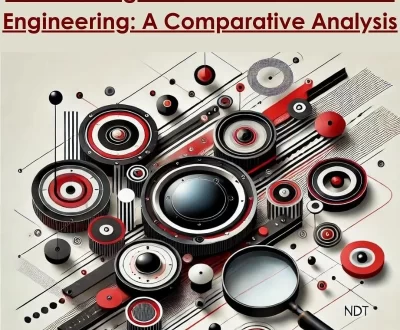
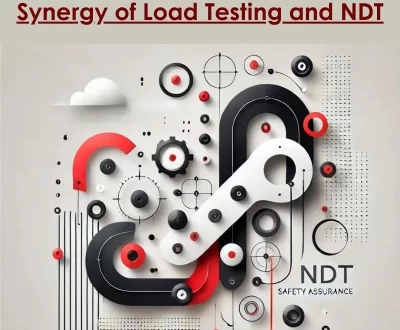
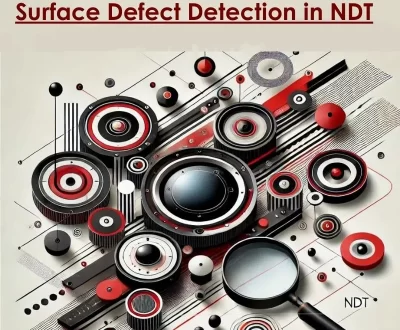
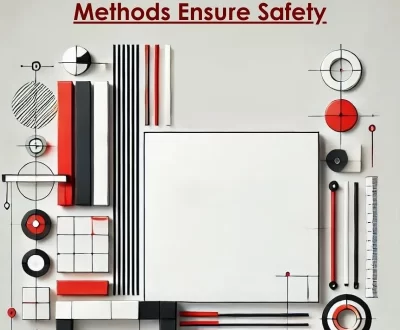

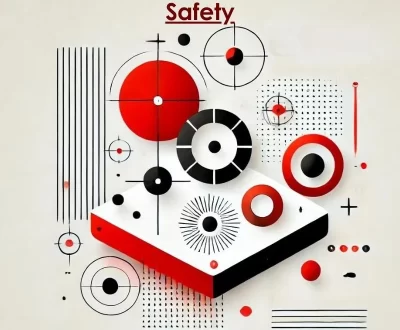
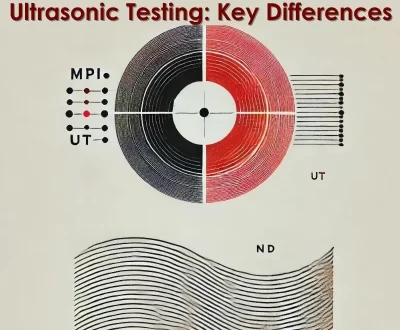
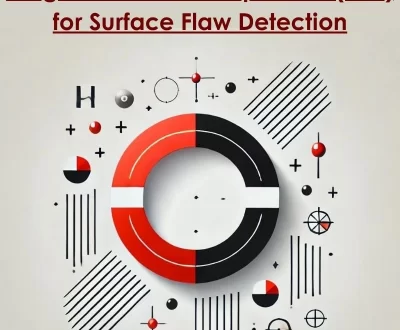
Pingback: Non-Destructive Testing (NDT) and Quality Control- Introduction - Krishna Tech Solution Company